Japanese manhole covers become a hit with foreign tourists in off-the-beaten path Tokyo area
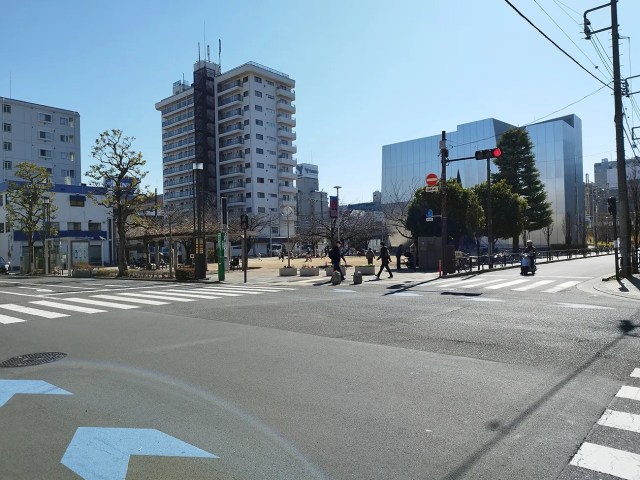
Street lids are now some of the city’s most unusual tourist sites, and there’s a way you can take them home as free souvenir cards.
Tokyo is a vast metropolis where you can find a large number of tourist sites ranging from historic shrines and temples to glitzy new museums that showcase interactive exhibits and celebrate the beauty of poo.
However, the streets themselves are so different to what many people are used to overseas that they can easily become a site of interest all of their own, and one thing that makes them particularly appealing is the unusual manhole covers.
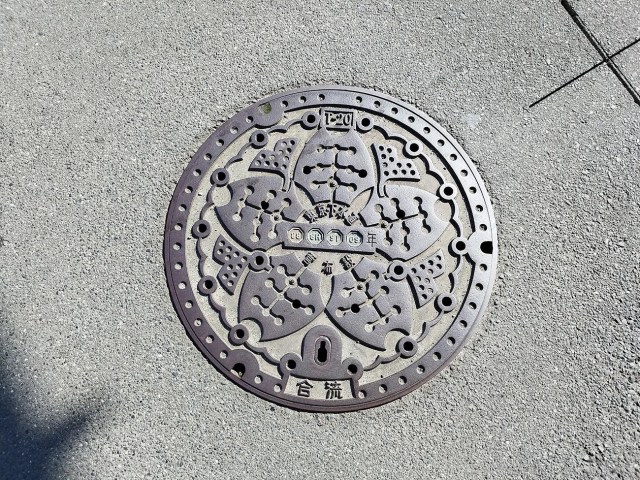
Even standard manhole covers in Tokyo, like the one pictured above with an image of a sakura flower, are works of beauty that catch the eyes of out-of-towners, but the city is home to a slew of even more spectacular examples, and they’ve become so popular with overseas tourists that some go out of their way to track them down.
The hunt can take these visitors to some very random locations, including the backstreets of Sumida Ward, which surprised our reporter Seiji Nakazawa, so he took a trip out there to see what made these manhole covers so special. Hopping out of the station at Ryogoku, which is home to over half of the country’s active sumo stables and Ryogoku Kokugikan, the national sumo arena, he headed down the road and was surprised to find this was a residential area.

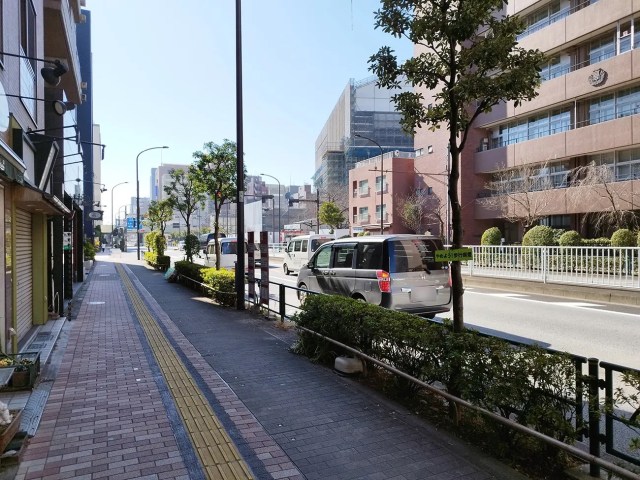
There wasn’t a lot to see here, away from the sumo area that tends to attract visitors from abroad, and as he walked down the street, the vibe was incredibly ordinary and non-tourist-like.
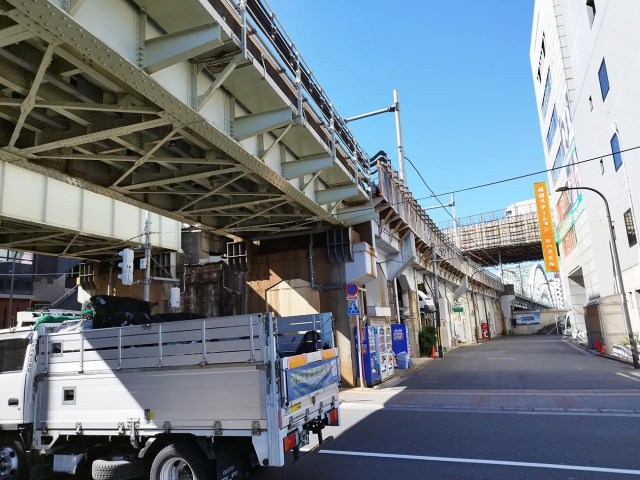
Turning into Hokusai-dori, Seiji realised he was now on the path to the Sumida Hokusai Museum, a museum dedicated to Katsushika Hokusai (1769-1849), one of Japan’s most esteemed ukiyoe artists.
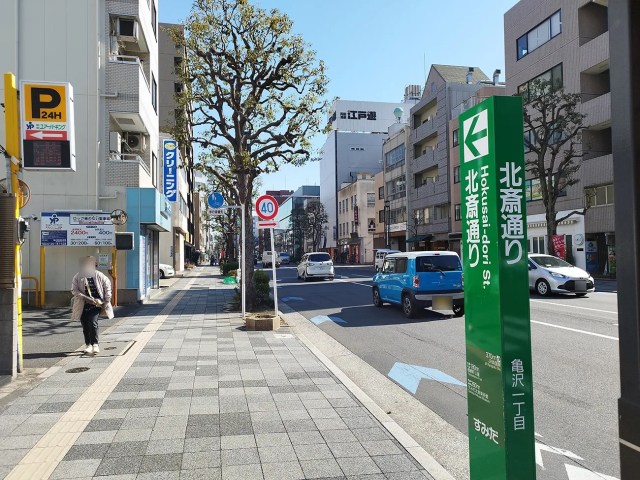
The most beautiful thing on this street were the trees, which looked like something you’d see in a Hokusai print.

As he crossed at the traffic light in front of the Sumida Hokusai Museum, he found his first manhole cover…

…The Great Wave off Kanagawa!
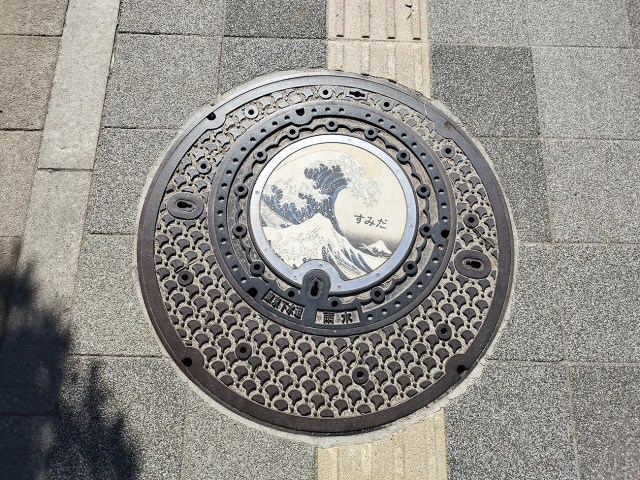
This artwork by Hokusai is the most famous from his 36 Views of Mt. Fuji series of woodblock prints, and now, almost 200 years after it was created in 1831, it sits here as work of street art on a manhole cover.
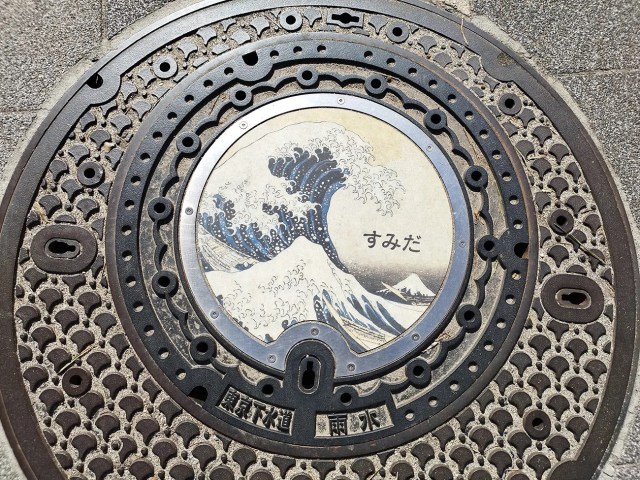
Seiji was surprised to see something so beautiful outside of a museum, and as he took a closer look at it, he realised that foreign tourists knew what they were doing when it came to tracking down some of the city’s most spectacular sights, as this was definitely one of them.
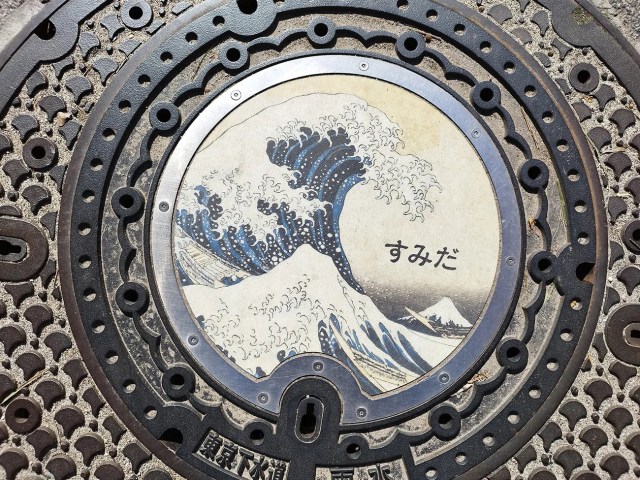
This find was so unique and spellbinding it was well worth travelling for, and it got Seiji so interested that he decided to search for more details on the official site dedicated to the city’s so-called “design manholes” run by the Tokyo Metropolitan Bureau of Sewerage, which oversees the manhole covers. His search revealed there were another two nearby, so he headed over to check them out.
▼ The first one was decorated with “Hakkiyoi! Sekitori-kun”, the Sumo Association’s official character.
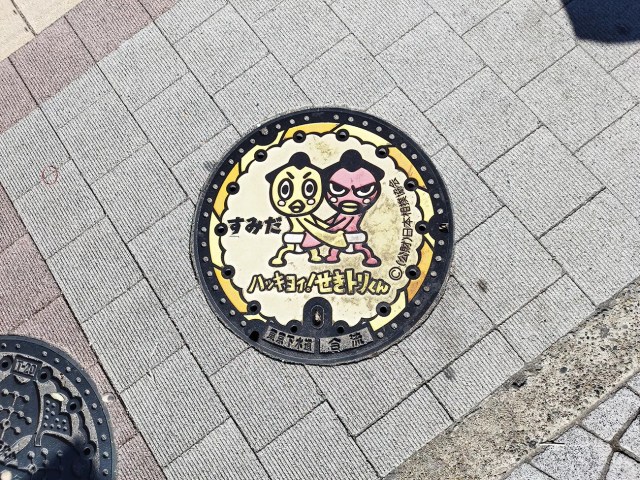
The second one, however, was a little harder to find, as it was simply described as being “in front of the sumo statue”. Seiji instinctively headed towards this sumo statue at the plaza in front of the west exit of the station, which looked like a good meeting spot, but couldn’t find a manhole cover anywhere near it.
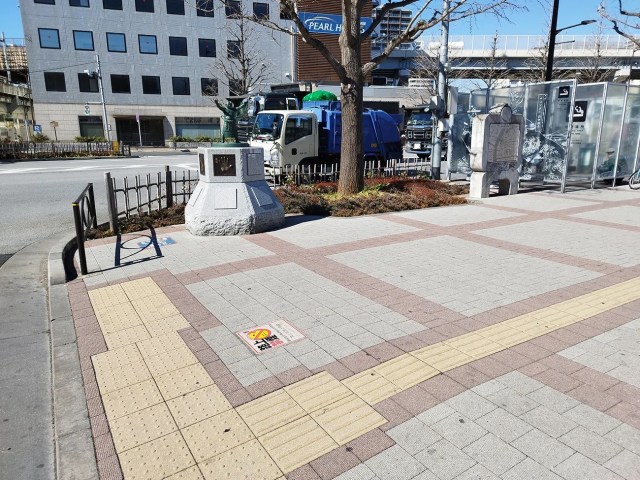
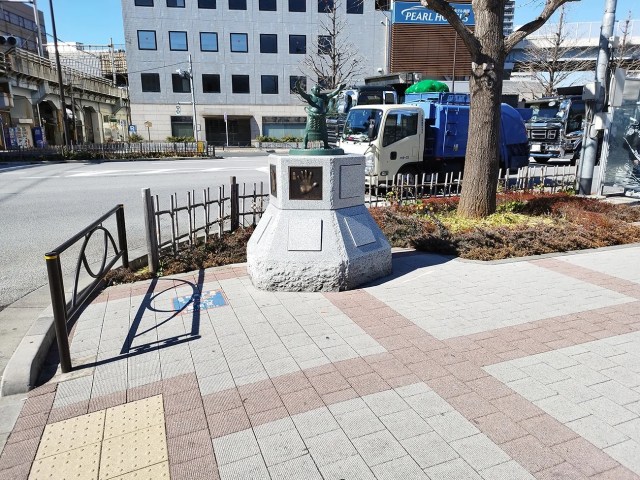
After some more research, Seiji realised he was standing at the wrong sumo statue, as there was another one on the other side of the road.
▼ However, there was no manhole cover near this statue either.
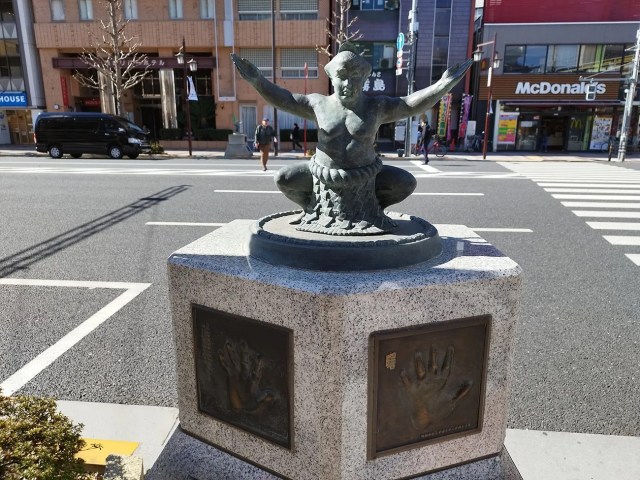
As he walked around the area, he came across another statue…
▼ …but this wasn’t it either.
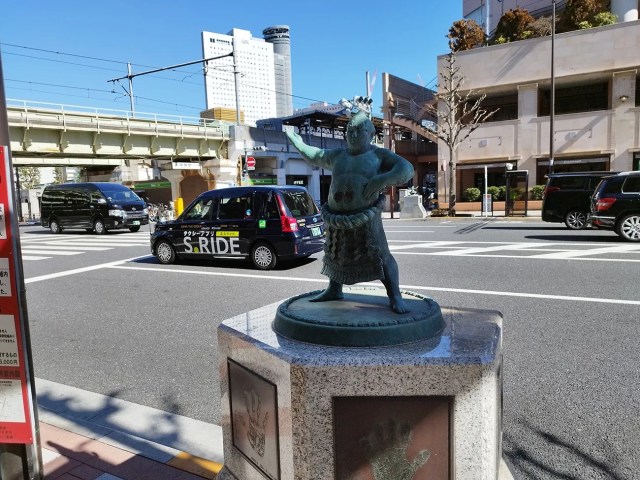
Seiji ended up walking up and down the street in front of the Kokugikan for about 30 minutes, before eventually giving up and crossing the road to the other side to get something to eat.
▼ And that’s when he finally found it!
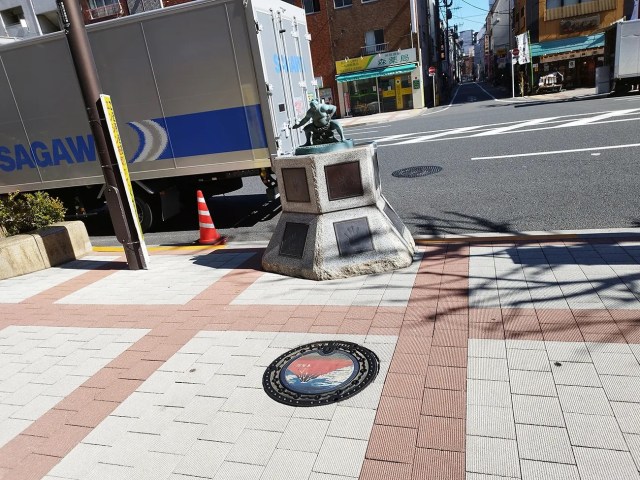
This sumo statue was actually one of the furthest from JR Ryogoku Station, making it relatively hard to find, so if you do go searching for it, this is where it’s located.
The manhole cover at this location is a beautiful one that showcases Hokusai’s Fine Wind, Clear Morning, also known as Red Fuji, another lauded work from the Thirty-six Views of Mount Fuji series.
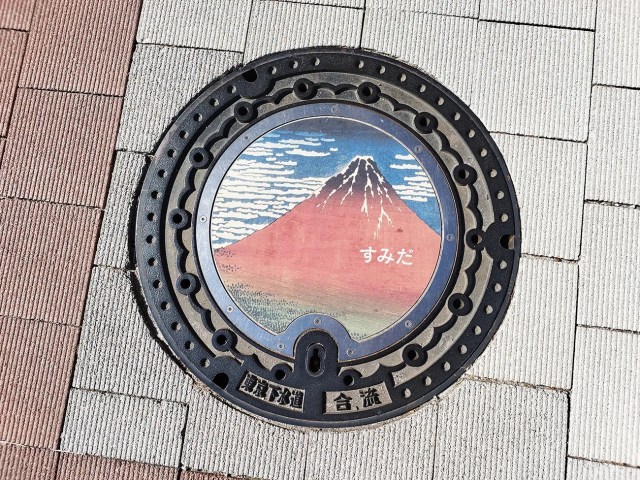
Ryogoku is a destination that fans of Hokusai will want to put on their itinerary, not only for the manhole covers but the points of interest that have been set up in the neighbourhood that help you “trace the footprints of Katsushika Hokusai, a world class painter of Sumida“.

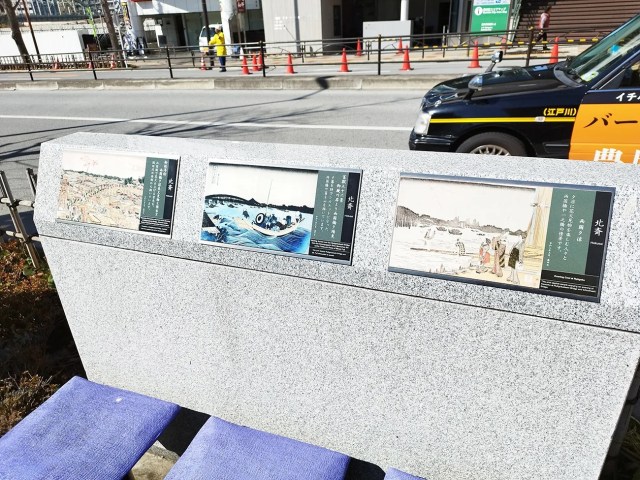
▼ This is where you’ll find one of the most artful benches in Tokyo.
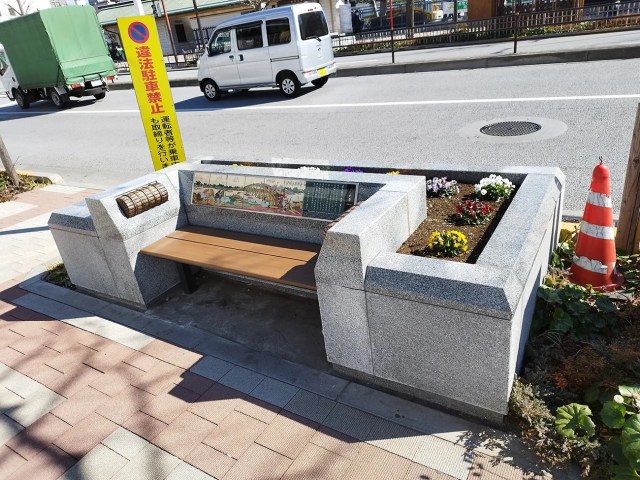
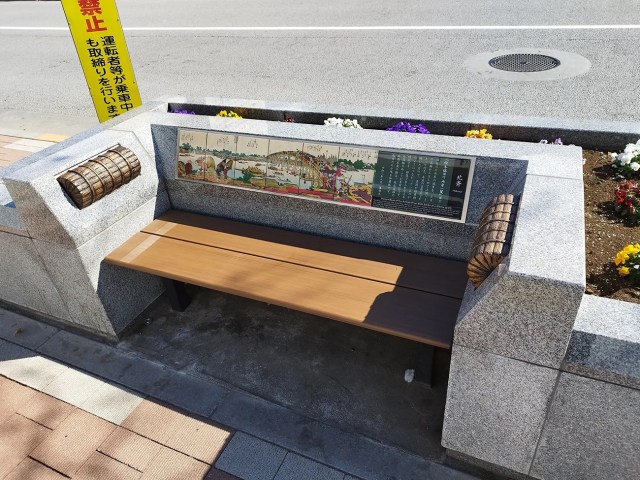
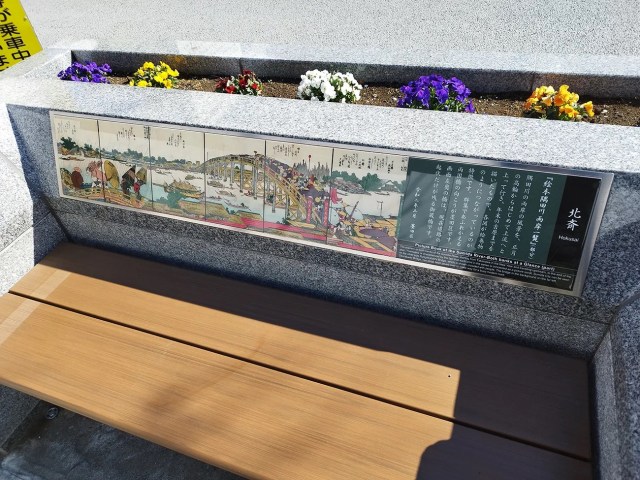
Now that Seiji has experienced the beauty of Ryogoku’s manhole covers, he can see why overseas tourists can’t get enough of them. Plus, an organisation called GKP, which stands for Gesui Koho Purattohomu (“Sewer System PR Platform”) has created an entire series of collectible cards that match the manhole covers, so you can even take a unique memento of your discoveries home with you.
The cards can be hard to find, but they’re usually distributed for free to those who ask at tourist information centres near the manhole covers. Alternatively, they’re available from the Tokyo Sewerage Museum in Koto Ward, and the Kuramae Water House in Taito Ward, but you’ll have to travel around to different establishments to collect different cards, as they’re exclusive to different areas.
One of the most sought-after manhole cards in Tokyo is the Godzilla one, which can be picked up at the Shinjuku Tourist Information Centre near the Godzilla manhole. With Japan’s drain covers adorned in everything from Pokémon to Hayao Miyazaki characters, there are loads of covers to see and cards to collect. Happy hunting, everyone!
Photos © SoraNews24
● Want to hear about SoraNews24’s latest articles as soon as they’re published? Follow us on Facebook and Twitter!
Credit:

0 comments: